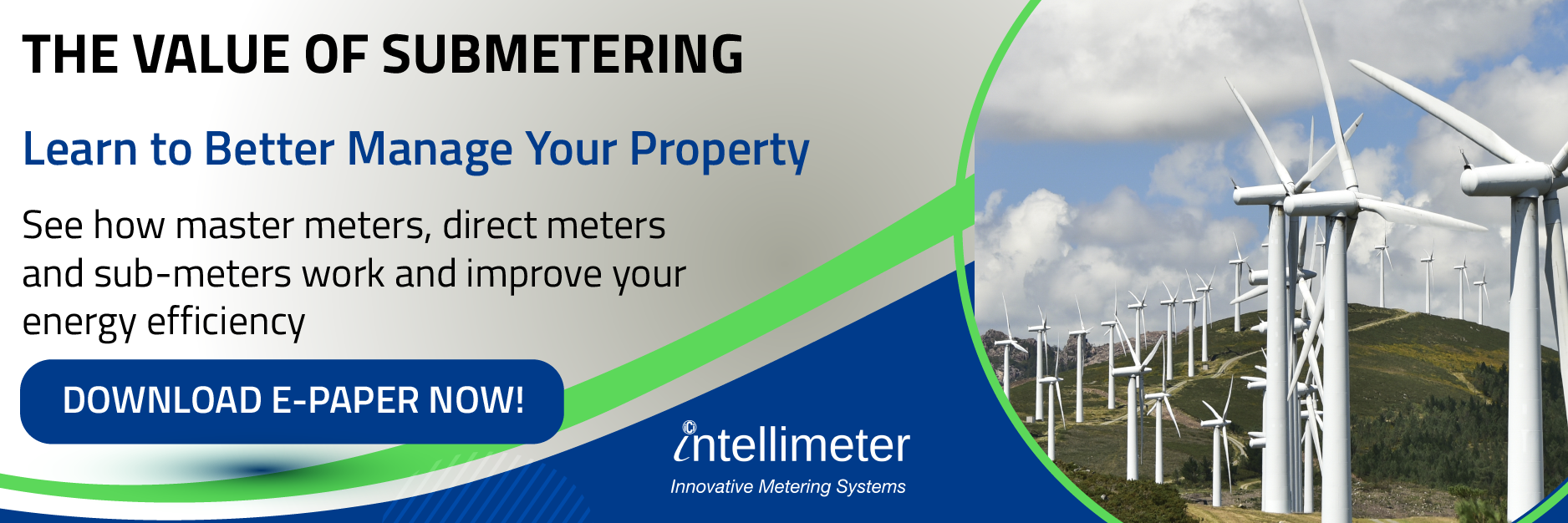Submetering is one of the best energy-efficient tools helping to combat energy waste, optimize energy usage, and increase operational savings. Unfortunately, there is still a lot of confusion and misinformation about submetering. We’re here to dispel these common submetering myths.
Submetering is Only for Residential Properties
Submetering technology can be implemented in all types of buildings, including multi-unit residential buildings, industrial facilities, and commercial buildings. Submetering is not limited to rental buildings managed by property management companies. Property owners and landlords of condominiums, apartment buildings, shopping centers, hospitals, government buildings, and multi-rental buildings can employ the technology. It also plays a strong role in manufacturing units to monitor equipment efficiency besides overall energy, water, thermal energy, and gas consumption reporting in plants.
Submetering is Expensive
Implementing a submetering system is not necessarily a high-cost decision. Planning a realistic scope for the building and issues to be addressed help determine the cost. A business can start small and gradually expand as savings start to accrue. Investing in submetering is considered cost-effective because it helps lower future maintenance costs and brings significant energy savings.
Energy wastage that leads to high utility bills and negative corporate reputation are the costs of not managing energy consumption responsibly. Ultimately, these will be more expensive than implementing a submetering system as it leads to profit loss and public perception.
Submetering is a Complex Program
Reputable submetering providers have extensive experience installing sub-meters and will likely provide monitoring software to visualize trends either in consumption or on specific parameters by zone to help understand consumption better, or billing software to simply generate bills to bill individual tenants or unit owners for their consumption. Another option is to hire an ESCO for an ongoing energy performance service contract. This generally reduces the burden on the existing staff while providing maximum benefit to the business.
Submetering Cannot be Implemented in Old Buildings
Submetering technology can be implemented in all buildings, old and new. Property owners can work with providers to carefully plan and install a submetering system during a time when it will cause the least disruption.
Submetering Requires a Large Monitoring Team
Submetering allows property owners, landlords, and property management companies more control over tenant billing and system monitoring. The system does not require a large monitoring team. Smart networked meters are connected to a data collection device. Submetering can be made even easier with solutions that automate meter readings and utility bill creation and eliminate accounting errors.
Submeters Are Only Used for Billing
The ability to automate utility billing is a big benefit of submetering. However, submetering also provides real-time, precise data, for LEED or WELL accreditation and monitoring that helps property owners identify energy inefficiencies, prevent equipment breakdowns, and provide benchmark data to help achieve energy-efficiency goals.


